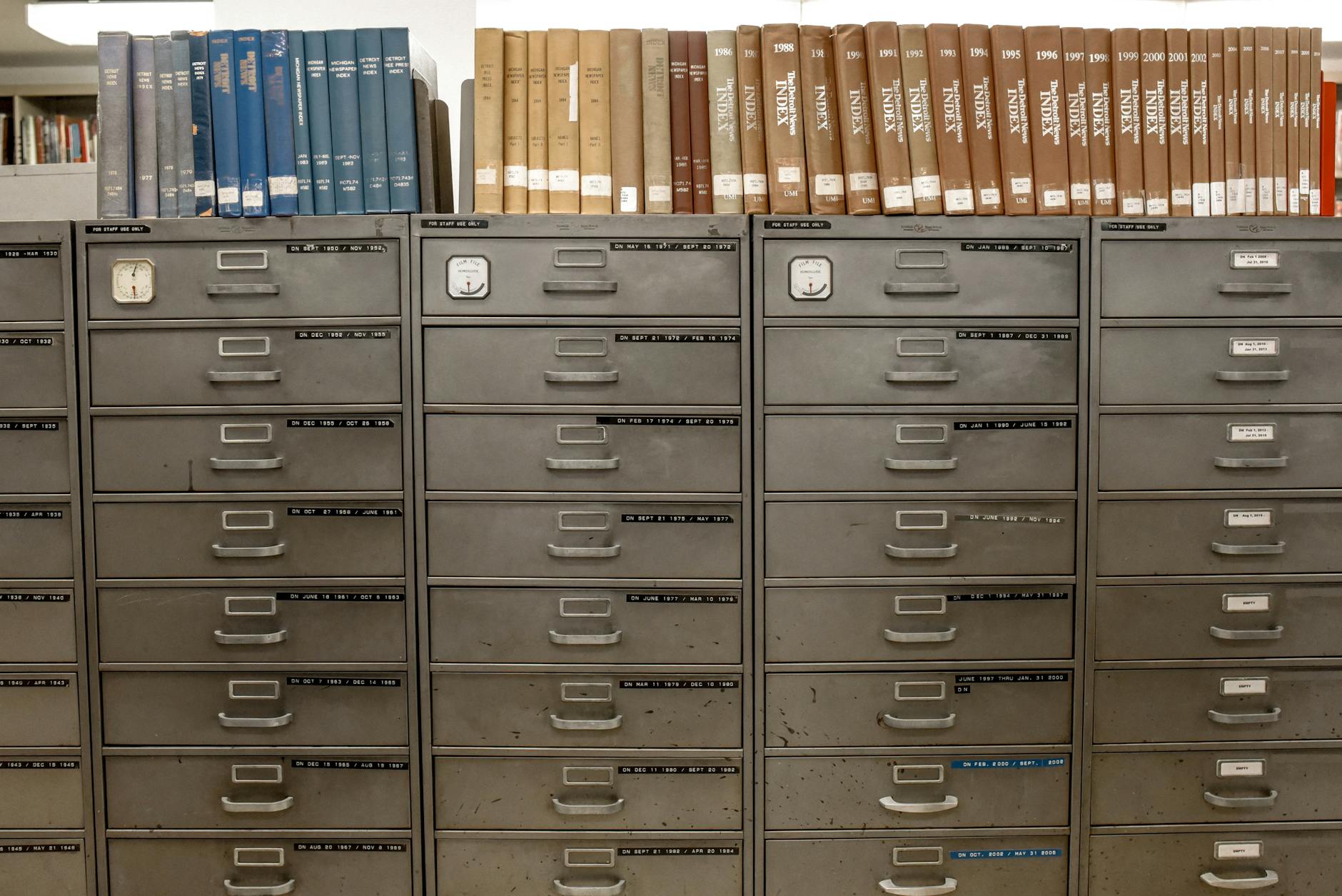Self-storage facilities, popularly known as storage units, have become a ubiquitous part of modern society. These facilities provide individuals and businesses with a space to store their belongings and possessions securely and conveniently. The history of self-storage facilities can be traced back to ancient times when people used simple storage methods like underground caves and wooden containers. However, it was not until the mid-20th century that the concept of self-storage facilities as we know them today began to take shape.
The modern concept of self-storage facilities can be attributed to the post-World War II era in the United States. The housing boom that followed the war led to rapid urbanization and a surge in consumerism. As people acquired more belongings and found themselves with limited space in their homes, the need for additional storage space became apparent.
The first self-storage facility in the United States is believed to have been established in Odessa, Texas in the 1960s. This facility consisted of individual garages where people could store their belongings for a monthly fee. The idea was simple yet revolutionary – provide individuals with a secure and convenient space to store their possessions outside of their homes.
The concept quickly caught on, and self-storage facilities began to pop up around the country. Initially, these facilities were basic and utilitarian, offering nothing more than a secure space with a lock and key. However, as the demand for self-storage grew, facilities began to evolve and offer more amenities and services to attract customers.
One of the key developments in the evolution of self-storage facilities was the introduction of climate-controlled units. These units are equipped with heating and air conditioning systems to regulate temperature and humidity levels, protecting sensitive items like antiques, electronics, and documents from damage. Climate-controlled units became popular among customers looking to store valuable or delicate items and soon became a standard feature in many self-storage facilities.
Another significant development in the industry was the introduction of security features like surveillance cameras, gated access, and alarm systems. These features helped to enhance the security of self-storage facilities and provide customers with peace of mind knowing that their belongings were safe and secure.
In addition to security and climate control, self-storage facilities began to offer a range of amenities and services to attract customers. Some facilities started offering 24-hour access, on-site managers, moving supplies, and even truck rental services. These amenities made self-storage facilities more convenient and appealing to a wider range of customers.
The advent of the internet and technology also played a key role in the evolution of self-storage facilities. Many facilities now offer online reservations, bill payment, and account management, making it easier for customers to rent and manage their units remotely. Some facilities even use technology like RFID (Radio Frequency Identification) tags and biometric access control to streamline access and improve security.
As the self-storage industry continued to grow and evolve, new trends and innovations emerged. One such trend is the rise of “co-working” or shared storage spaces, where multiple individuals or businesses share a storage unit to reduce costs. This model has become popular among freelancers, small businesses, and individuals looking for affordable storage solutions.
Another trend is the proliferation of specialty storage facilities catering to specific niches or industries. For example, there are now self-storage facilities tailored for wine storage, vehicle storage, art storage, and even document storage. These specialized facilities offer unique amenities and services to meet the specific needs of their target customers.
Looking ahead, the future of self-storage facilities is likely to be shaped by technological advancements, changing consumer preferences, and economic trends. With the rise of e-commerce and the sharing economy, demand for self-storage facilities is expected to continue growing as more people look for safe and convenient ways to store their belongings and inventories.
In conclusion, the history and evolution of self-storage facilities reflect broader changes in society, from post-war consumerism to urbanization to technological innovation. What started as a simple solution to a practical problem has evolved into a thriving industry offering a wide range of services and amenities to customers. As self-storage facilities continue to adapt and innovate, they will remain an essential part of modern living for years to come.
Avid Writer with invaluable knowledge of Humanity!
Upcoming historian with over 30 million views online.
“You make your own life.”


